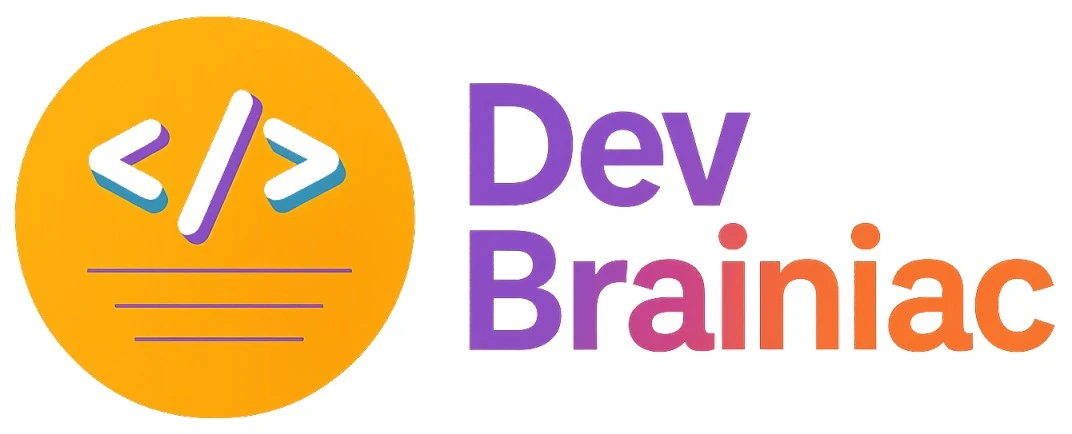Question 1
Which of the following is NOT a numeric data type in most programming languages?
1
Integer
2
Double
3
Boolean
4
Float
Question 2
What happens if you assign a floating-point number to an integer variable in most programming languages?
1
Compilation error
2
The decimal part is truncated
3
It is automatically stored as a float
4
The number is rounded
Question 3
The average of 10 numbers is 20. If one number is excluded, the average of the remaining numbers becomes 18. What is the excluded number?
1
42
2
38
3
200
4
25
Question 4
The average of four numbers is 40. If one number is replaced by 10, the new average becomes 36. What is the number that was replaced?
1
38
2
24
3
26
4
20
Question 5
In a class, the average age of 20 students is 18 years. The teacher’s age is added to the group, and the new average becomes 19 years. What is the age of the teacher?
1
30
2
39
3
38
4
25
Question 6
The average of 10 numbers is 35. If the first 9 numbers have an average of 30, what is the 10th number?
1
70
2
44
3
50
4
80
Question 7
The average of 10 numbers is 100. If one number is excluded, the average of the remaining numbers is 98. What is the excluded number?
1
100
2
120
3
118
4
110
Question 8
The average salary of employees in a company is 50,000. If there are 30 employees and the salary of the highest-paid employee is 100,000, what is the average salary of the remaining 29 employees?
1
50000
2
51000
3
49000
4
48000
Question 9
What is the default numeric data type for decimal values in Java?
1
int
2
double
3
long
4
float
Question 10
In Python, which data type is used for large integers beyond the typical integer range?
1
float
2
long
3
int
4
bigInt
Question 11
In C++, which of the following types can store the largest range of numeric values?
1
double
2
long
3
long double
4
int
Question 12
If the average of three numbers is 20 and two of them are 15 and 25, what is the third number?
1
30
2
25
3
20
4
18
Question 13
The average of five numbers is 30. If one number is 40, what is the average of the remaining four numbers?
1
29
2
28.5
3
27.5
4
25
Question 14
The average of 8 numbers is 15. If each number is increased by 5, what will be the new average?
1
20
2
10
3
25
4
18
Question 15
The average of three consecutive multiples of 5 is 25. What are the numbers?
1
25, 30, 35
2
15, 20, 25
3
30, 35, 40
4
20, 25, 30
Question 16
The average of 6 numbers is 12. If one more number is added and the average becomes 13, find the new number.
1
18
2
25
3
19
4
20
Question 17
The average of 20 results is 45. If the average of the first 10 is 40 and that of the last 9 is 50, find the 11th result.
1
50
2
60
3
55
4
40
Question 18
The average of 9 observations is 40. If one observation is wrongly noted as 56 instead of 36, what is the correct average?
1
39
2
38
3
37
4
40
Question 19
The average of 5 numbers is 10. If each number is multiplied by 3, the new average will be:
1
30
2
25
3
10
4
15
Question 20
The average marks of 50 students are 72. If the marks of one student are wrongly taken as 42 instead of 72, what is the correct average?
1
72.4
2
72.8
3
72.6
4
72
Question 21
A car travels 60 km at 40 km/h and returns at 60 km/h. Find its average speed.
1
52 km/h
2
48 km/h
3
50 km/h
4
55 km/h
Question 22
The average of 8 numbers is 25. If the sum of the first three numbers is 60, what is the average of the remaining five numbers?
1
27
2
29
3
28
4
30
Question 23
The average age of 5 members of a family is 25 years. A new member joins and the average becomes 24 years. What is the age of the new member?
1
18
2
21
3
19
4
20
Question 24
The average of 10 numbers is 60. If one number 50 is replaced by 90, find the new average.
1
63
2
65
3
64
4
62
Question 25
The average of first 10 even numbers is
1
12
2
9
3
10
4
11
Question 26
The average weight of 40 students in a class is 55 kg. When one student leaves, the average becomes 54.5 kg. What is the weight of the student who left?
1
70
2
72
3
65
4
74
Question 27
The average of 25 numbers is 36. If the average of the first 12 numbers is 32 and the average of the last 12 numbers is 40, find the middle number.
1
40
2
36
3
26
4
28
Question 28
The average salary of 80 employees is ₹20,000. If the average salary of 30 technical staff is ₹28,000, what is the average salary of the remaining staff?
1
15000
2
18000
3
16000
4
20000
Question 29
The average of 15 numbers is 45. If one number is added, the average becomes 46. What is the added number?
1
61
2
46
3
60
4
45
Question 30
The average age of 12 players is 24 years. If the captain’s age is added, the average increases by 1 year. What is the captain’s age?
1
36
2
35
3
34
4
37
